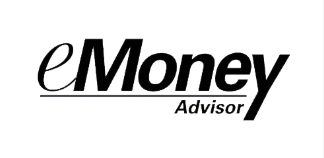A best practice we’ve “discovered” is to encourage true collaboration and idea-sharing among our various advisor teams, across different offices and geographies. This may seem simple and self-evident, but a surprising number of firms, both independent and wirehouse, don’t do this well.
Having spent more than two decades at a wirehouse, the idea at first sounds like heresy. Wirehouses are well known for their restrictive and competitive environments, with defined territories and lengthy client and prospect lists that limit financial advisor business development and discourage collaboration. In fact, by the time wirehouse advisors clear prospects with pre-existing client and prospect lists, account minimums, and other business units like investment banking or consumer and commercial lending, it’s a wonder new accounts get opened at all. Competition among advisors and business units is the rule, and collaboration is half-hearted at best.
This is not the case on the independent side, where the prospecting landscape is typically wide open, especially among boutique firms that operate a partnership model. In those settings, advisors are shareholders and have a tangible interest in the success of the overall firm, which includes their partners on other teams. Given this setup, advisors care about their peers’ success and make more serious efforts to share experiences and knowledge.
Regardless of which side you’re on, the benefits of collaboration are undeniable.
I can’t recommend strongly enough the value of something as simple as hosting bi-weekly partner calls on which advisors from across the network share actionable intel on anything from prospecting tips to client success stories to general guidance on the best way to overcome a given obstacle. We’ve espoused this practice for our national team for several years. More often than not, the benefit is almost immediately apparent.
On a recent call, one of our teams talked about a substantial 401(k) advisory account win. They reviewed the pitch process, touched on important industry and regulatory trends and changes, and finally they shared how they’re specifically identifying and approaching similar prospects, which our teams in other offices have adopted and are now using to win similar clients.
And these partner calls don’t just benefit the advisors. Such conversations have been known to lead to the discovery of expense and other issues. In most cases, particularly when it comes to navigating the cost of doing business, real-time collaboration leads to new thinking and policies, which saves money for the firm.
With plenty of credit paid to a conference call, lest we forget the power of face time. We highly recommend that advisors shadow their counterparts at their offices in either neighboring or far-away cities for a period as short as a day to better understand how their peers operate in terms of investment philosophy and approach, prospecting and marketing, client and office management, communications and much more.
True success comes from collaboration, not competition and these are just a few examples of how advisors can help each other grow their business. In those moments when you witness business interests genuinely aligning, it’s remarkable to see what can be accomplished.
Rob Mooney is CEO of Snowden Lane Partners.




